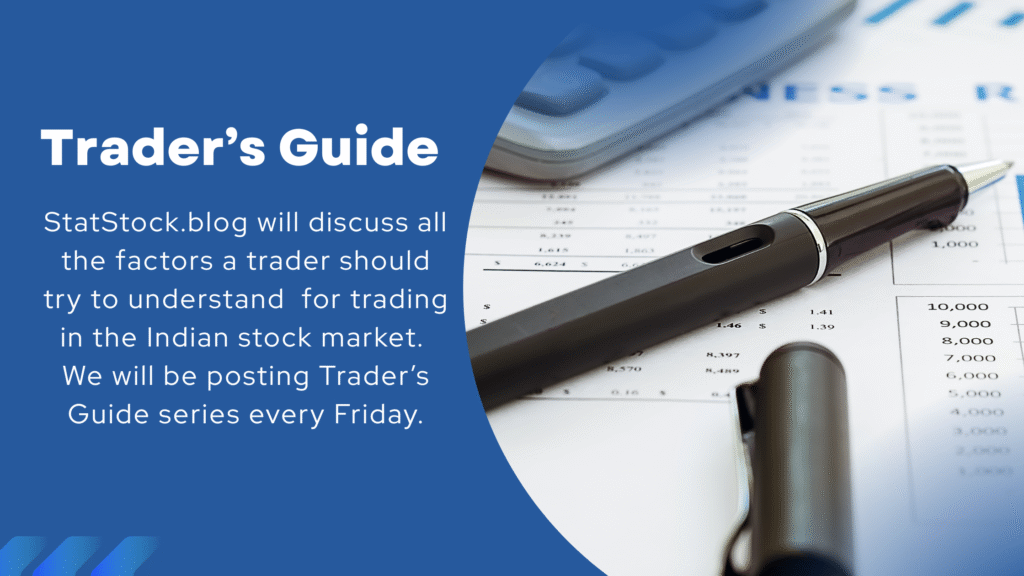
Powered by Stats, Backed by Logic

Powered by Stats, Backed by Logic

Trading Plan and Trading System
Most traders are unaware that they have to prepare a proper trading plan and trading system before entering the trading business.
A trading plan and a trading system are related but not the same thing.
A trading plan is the “business plan”. It covers why, when, how, and what you trade.
A trading system is the “method”. It’s the actual set of rules or strategies you use to take trades.
Let us understand this in detail.
Trading Plan
A trading plan includes both your strategy and how you manage yourself as a trader. It’s like your personal rulebook.
A trading plan should contain:
- Your Trading Goals
- Your Trading Style
- Select Your Markets and Instruments
- Establish Entry and Exit Rules
- Risk Management Rules
- Trade Management Rules
- Set Trading Routine
- Trading Journal
- Backtest and Forward Test
10. Review and Improve
Trading System
A trading system is a specific set of entry, exit, and risk rules you follow consistently. You need to identify your method, which should be tested and refined.
A trading system includes:
- Setup Conditions
Example: Moving Average crossover, RSI oversold/overbought, and chart patterns. - Entry Rules
Example: Buy when 50 EMA crosses above 200 EMA + RSI > 50. - Exit Rules
Example: Take profit at resistance/support
Take profit at a 1:2 risk-to-reward ratio.
Stop-loss below the previous swing high/low.
- Position Sizing
Example: Lot size based on risk per trade (e.g., 1% of account). - Trade Management
Example: Move the stop-loss to breakeven after a certain profit.
Partial profit booking. - Backtesting & Optimization
Check the system on past data to ensure consistency.
In other words:
Trading Plan = your overall framework, risk rules, mindset, and journaling.
Trading System = your specific entry & exit method inside that trading plan.
Example:
- Your trading plan might look like: “I am a swing trader in the Indian Stock Market, risk max 1% per trade, only trade Nifty 100 stocks, only one trade a week, stop trading after 2 losses (i.e., hitting stop loss) in a month.”
- Your trading system might look like: “Use RSI + MACD crossover, enter when RSI > 50 and MACD crosses up, stop-loss 1 ATR below entry, take profit at 2 ATR.”
We hope this post explaining the difference between a trading plan and a trading system will help you create your own Trading Plan (refer to our previous post) and Trading System. With this post, we have taken one step further to be your strategic companion and assist you on your journey towards wealth creation.
If you have any doubts, please place them or comment on our Facebook page.